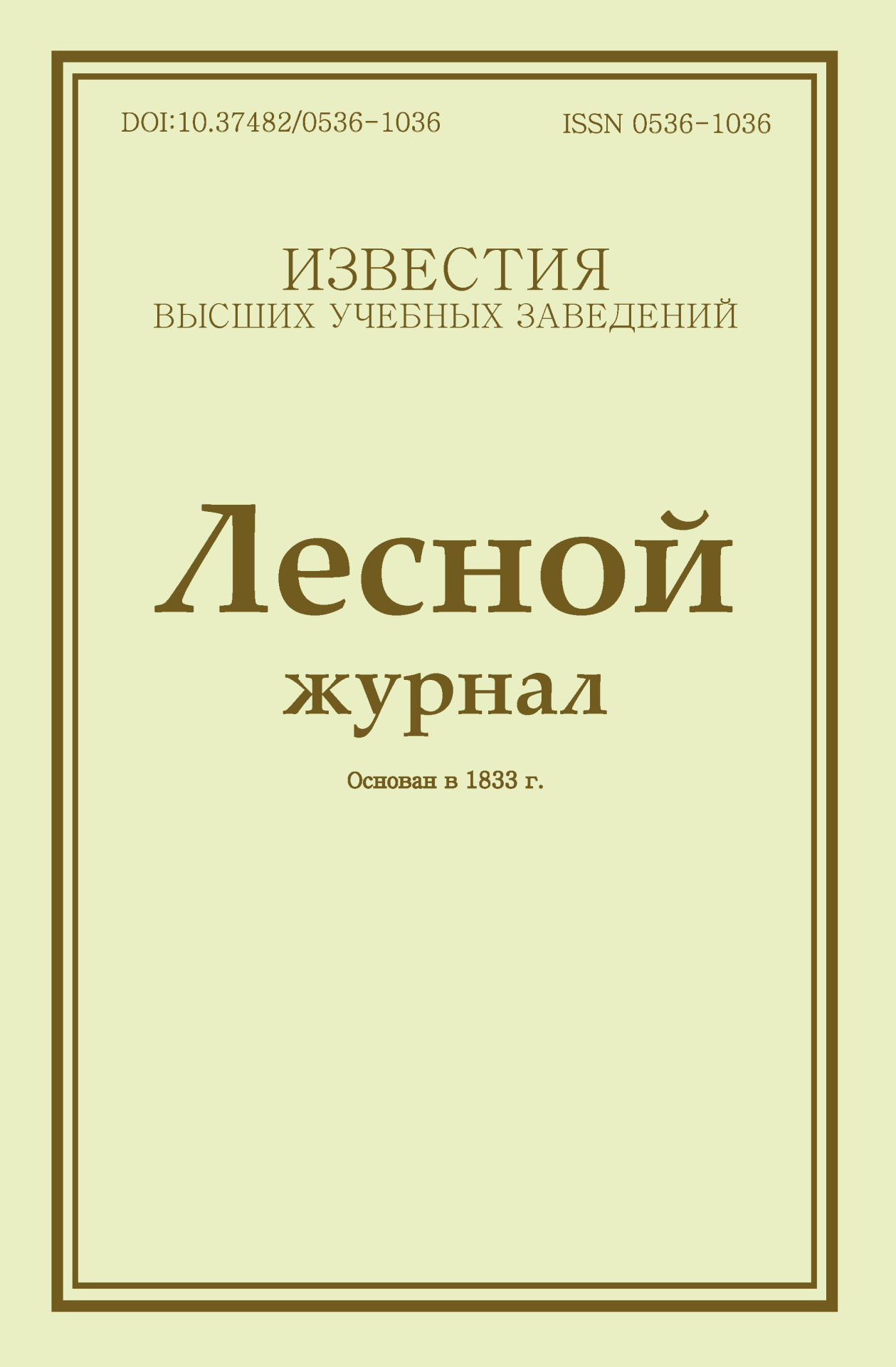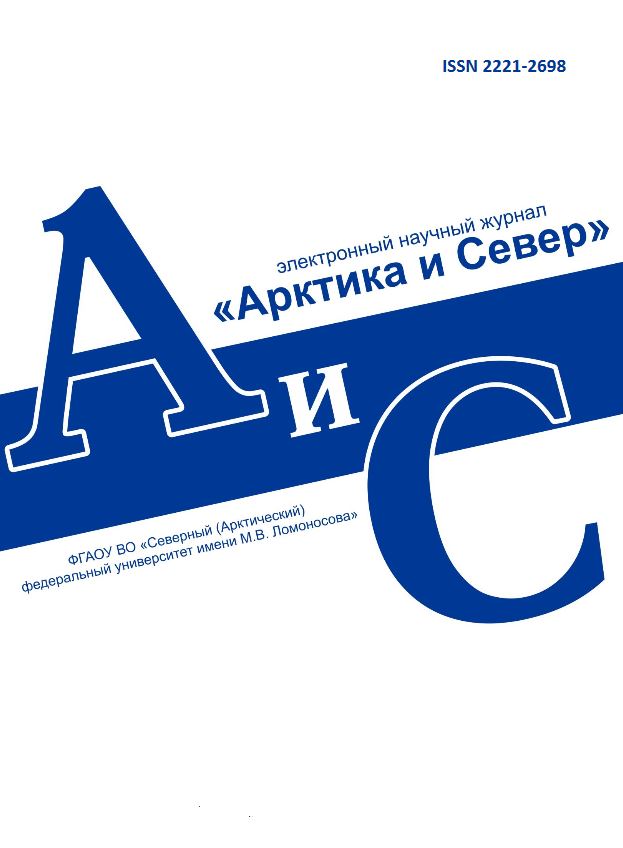Legal and postal addresses of the founder and publisher: Northern (Arctic) Federal University named after M.V. Lomonosov, Naberezhnaya Severnoy Dviny, 17, Arkhangelsk, 163002, Russian Federation Editorial office address: Journal of Medical and Biological Research, 56 ul. Uritskogo, Arkhangelsk Phone: (8182) 21-61-00, ext.18-20
E-mail: vestnik_med@narfu.ru For Authors |
A scientific article is aimed to convey information or to report on a scientific discovery. An article should be preceded by a structured abstract with the following sections: introduction (stating the problem and the purpose of the study), methods, results (very concise), and conclusion (very concise). The majority of natural science journals use the IMRAD organization structure for their articles: Introduction, Methods, Results, and Discussion. Each section should contain the following information: Introduction: 1. Description of the significance of the study (providing background facts and information and stating the problem area of research). 2. How well this problem has been studied previously. 3. Novelty of the research (description of the problem that will be solved in the article; hypothesis that will be confirmed/disproved). 4. Purpose. 5. Description of the work. Methods: 1. An overview of the materials/methods used. 2. Specifics of the materials and methods (number, accuracy, temperature, duration of the experiment, order of steps, and size of the samples as well as how and why they were selected). 3. Comparison of the study’s materials and methods with those applied by other researchers (optional). 4. The encountered difficulties and problems that other researchers can be faced with while reproducing the experiment (optional). Results: 1. A general overview of the results. 2. The main results with explanations. 3. Their comparison with the results of similar studies/predicted results (optional). 4. The encountered difficulties/negative results (optional). 5. Preliminary conclusions based on the results. At this stage, the author organizes the statistical data obtained; there should be no subjective statements or contextual analysis; the information is presented in tables and graphs, while the most important results are described in verbal form. Discussion: 1. Interpretation of the obtained results in the context of relevant scientific literature/proposal of an alternative explanation. 2. Assessment of the paper’s scientific contribution. 3. Conclusions. 4. Possible limitations, problems/potential application of the results/prospects for further research. A brief communication provides a concise description and the results of the research into a specific issue. These articles are not divided into sections, but contain information on the study's relevance and objectives, as well as a complete description of the materials and research methods. They also present summarized findings with examples and, briefly, concrete conclusions. This section includes the author’s interpretation of the importance of the results obtained and their contribution to the area of research. In addition to the above elements, the article should contain references to the grants awarded, if any, as well as acknowledgements, if the authors received aid or assistance. |
Make a Submission
INDEXED IN:
|
Продолжая просмотр сайта, я соглашаюсь с использованием файлов cookie владельцем сайта в соответствии с Политикой в отношении файлов cookie, в том числе на передачу данных, указанных в Политике, третьим лицам (статистическим службам сети Интернет).




.jpg)

